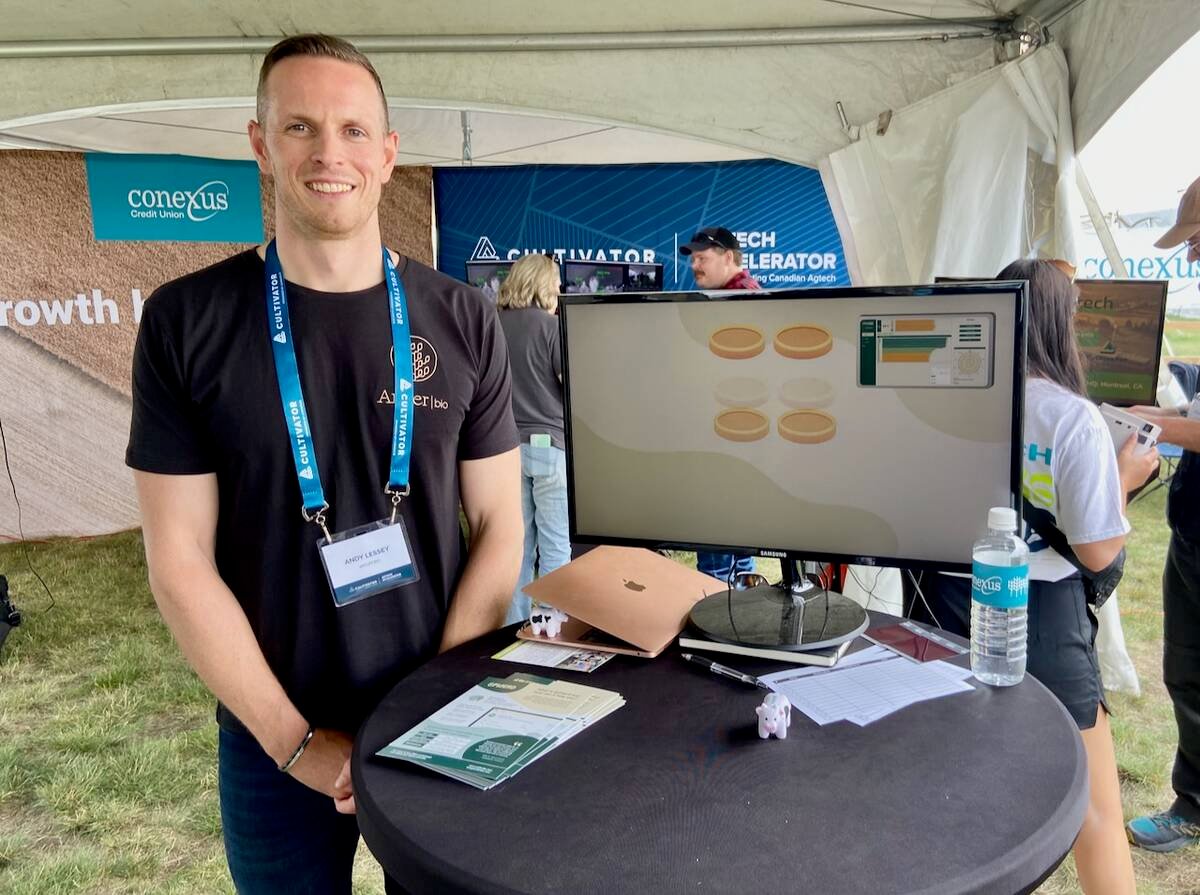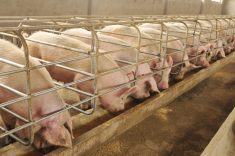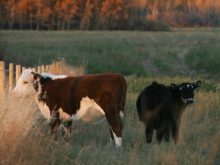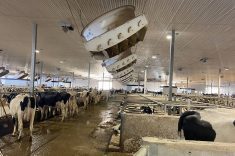LETHBRIDGE, Alta – With more than 2,000 acres of land in organic grain production, Wayne Smith recognizes the value of long-term sustainable agriculture research.
The Vulcan farmer is part of a committee of 20 producers advising 16 scientists at Agriculture Canada’s Lethbridge Research Centre in a comparison study of low input agriculture and organic farming.
“This is a really good start because we’re not going to have whole organic research stations,” he said during a field day at the centre.
“What we’ll get from this is some real first-hand knowledge that’ll show this is actually viable,” said Smith.
Read Also

VIDEO: British company Antler Bio brings epigenetics to dairy farms
British company Antler Bio is bringing epigenetics to dairy farms using blood tests help tie how management is meeting the genetic potential of the animals.
The study will assess the economics of soil quality and crop production in the two systems in two, four-year rotations. As a control, one plot is seeded in continuous wheat to see what diseases and weed problems develop over time.
Jill Clapperton, research team leader, said the knowledge gained in the next four years can be used to help farmers decrease costs and increase crop management strategies.
“We’re trying to stop the war with Mother Nature and start negotiating. We’ll try and use some of the things we know are happening in the soils and that we know are happening with different plants to our advantage,” said Clapperton.
The test emphasizes improving soil quality. Tests will be done on each plot to see if improvements or degradation occurred with a particular system.
The research centre has studied conservation and soil quality since it was established 90 years ago. There are plots that have been monitored since the 1950s to evaluate erosion, tilth and fertility changes.
In this study, plots designated as low input are receiving treatments of chemicals or fertilizers only if they need them. Results are then compared with the organic plots where no chemicals or nonorganic fertilizers are used. To further decrease expenses, these plots are grown in dryland conditions because irrigation is costly.
The plots are divided into simple and complex systems. A simple plot has a single crop. The most complex field is a combination of rye grass, sweet clover and fenugreek seeded together and watched for competition against weeds and the ability to fend off insects. Such a combination could be used as silage.
Fenugreek is a special crop from India that grows prolifically in Canada. Cattle find it palatable and it is relatively bloat free.
A ruminant physiologist will determine the crops’ nutrition and digestibility.
Another researcher will measure the nutritional quality of the grain.
The plots are larger than normal research strips at 10 by 30 metres. Big plots are required so researchers can obtain larger samples for soil fertility, disease problems or weeds. To simulate real farming conditions, the large plots allow them to use regular farm machinery.
They plan to include livestock grazing in the fields.
“We’re not going to evaluate a couple of things, we’re going to evaluate the whole system,” said Clapperton.
She anticipates wide variations in the crops after four years of the research. The system will be repeated for another four years after the first phase with hopes work can continue in the long term if there is support for it, said Clapperton.

















